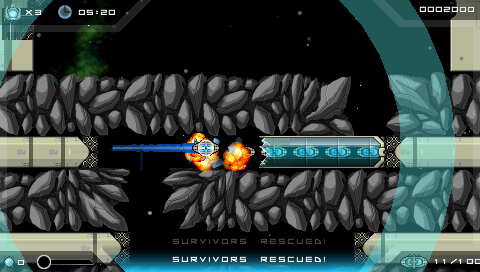

I often forget that AutoCAD started as a 2D program and still behaves best that way. Therefore, it is clear that your option (2) is the way to go. Then if that is not enough be sure to use the default-2D wireframe view. The rendering is a mixed blessing: increases beauty but also file size. My model is rather large (see some fractions below, and that is only one building), with V-ray. I was, as we speak, writing a project to be posted in the Freelancer web site. I am very glad that somebody finally replied.

(You'd have to do this differently for each viewport, depending on the axis that needs flattening.) Export one set of flattened geometry as a file that AI can read, then you may be able to work with those lines (or trace over them) to get the results you want. Alternatively, you might be able to select all your scene geometry, apply an X-Form modifier to it, then "squash" down your geometry so that it appears as a flat, 2D image.
Vector td iso iso#
If you can use Adobe Illustrator's "auto-trace" feature to draw vector lines around distinctive solid-shaded shapes in your scene, what you could do is apply random object colors to your scene geometry, then render high-resolution ISO view images from each desired viewport, load those files into AI and then auto-trace over them.

However, here are a couple of hacks you might try: For your question! 3ds Max doesn't have a native way to export what is effectively a rasterized viewport image to a vector format.


 0 kommentar(er)
0 kommentar(er)
